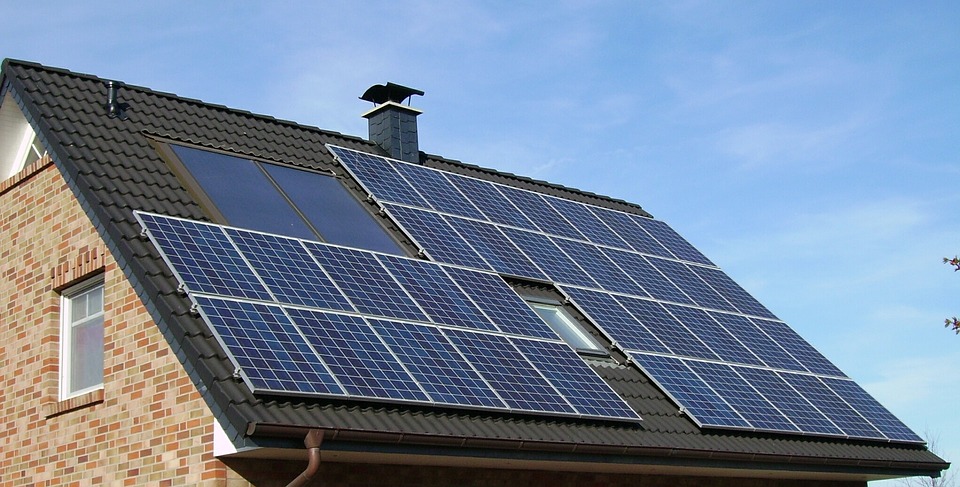California’s New Building Energy Efficiency Standards Encourage All-Electric Construction

The California Energy Commission on Aug. 11 adopted the 2022 Building Energy Efficiency Standards revising energy efficiency standards for newly constructed and renovated buildings as part of its three-year update cycle. The new code is estimated to provide $1.5 billion in consumer benefits and reduce greenhouse gas emissions by 10 million metric tons over the next 30 years. The revisions will help the state achieve its goals of 60 percent renewable energy by 2030, 100 percent carbon-free energy by 2045, and 40 percent emissions reductions below 1990 levels by 2030. The new code will take effect on Jan. 1, 2023 if approved by California Building Standards Commission.
The 2019 code established a requirement to have solar photovoltaic systems installed in newly constructed low-rise residential buildings. In May 2018, the state adopted building standards that require most new homes to install rooftop solar starting in 2020, making California the first U.S. state to adopt such a mandate. Homes and businesses represent nearly a quarter of California’s emissions and the new code intends to reduce that percentage by making buildings more energy efficient. Among the key revisions, the 2022 energy code encourages electric heat pump technology, requires homes to be electric-ready, expands solar and battery storage standards, and strengthens ventilation standards.
The requirements vary between homes and buildings. For homes, the new standards would establish energy budgets based on efficient heat pumps for space or water heating to encourage builders to install heat pumps instead of gas-fueled heating, ventilation, and air conditioning units. The update would require new homes to be electric-ready, with dedicated 240 volt outlets and space, to eventually replace gas appliances with electric. Further, the revisions would increase kitchen ventilation requirements to better exhaust pollution and improve indoor quality. Smaller homes would be exempt from existing solar photovoltaic standards when roof area is not available.
The new code would establish combined solar photovoltaic and battery standards for select businesses, with systems sized to maximize onsite use of solar energy and avoid demand at times when the grid must use gas power. The revisions also would establish a new efficiency standard for commercial greenhouses and improve efficiency standards for building envelopes, various internal systems, and grid integration equipment such as demand-responsive controls that support grid stability.
The commission met with over 50 industry stakeholder groups and held 43 public workshops in developing the new standards. The new code will be submitted to the California Building Standards Commission for approval as one part of an updated building code. Stakeholders like builders and contractors have one year prior to implementation to prepare for the change.
EnerKnol Pulses like this one are powered by the EnerKnol Platform—the first comprehensive database for real-time energy policy tracking. Sign up for a free trial below for access to key regulatory data and deep industry insights across the energy spectrum.
ACCESS FREE TRIAL


